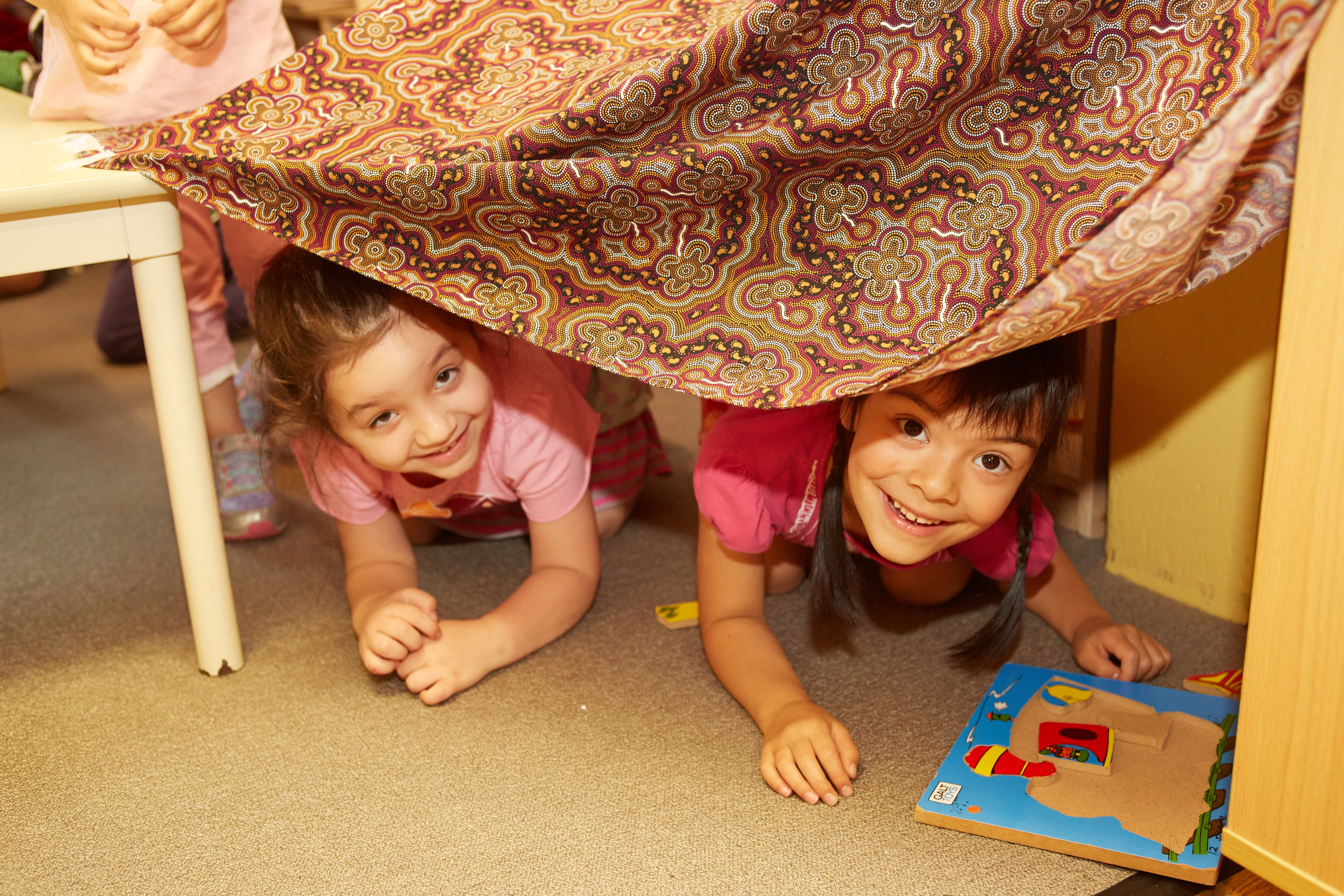Bexley Jack and Jill Preschool Educational Program
Our preschool educational learning program is based on BELONGING, BEING & BECOMING: The Early Years Learning Framework for Australia – V2.0, 2022.
Learning in early childhood is particularly significant as it lays the foundation for all future learning. Our aim is to provide children with experiences and opportunities that support them to acquire skills, dispositions, knowledge, attitudes and values that will allow them to make the most of their individual potential. Learning in childhood largely happens through engagement with others, through play and with the physical enviroment.
When planning and developing the educational learning program at Bexley Jack and Jill Preschool we reflect upon the whole child and the interrelated nature of development and learning.
Play – its children’s work…its what children do……
Bexley Jack and Jill Preschool is committed to providing a welcoming, inclusive, caring, fun play based learning environment for children and their families. This ensures that children are able to develop to their fullest potential at their own pace and to develop their sense of belonging, independence, confidence and positive sense of self.
We strive to provide a learning environment that is responsive to and respectful of each child’s diverse physical, social, emotional and cognitive abilites and works in partnership with families and caregivers.
The preschool program is based on play, inquiry, self care and learning new routines in small and large groups. At preschool the children will:
- Develop relationships with children, teachers and other families.
- Explore their creativity and develop fine motor skills through drawing, painting, art, craft and construction.
- Explore engineering using blocks, pipes, tubes, boxes, tools and loose parts.
- Explore imaginative and dramatic play to build an understanding of the world around them and the different roles that they can play.
- Learn about the power of communication, verbal and non verbal including gesture, Key Word Sign and using visual tools.
- Explore music, dance and stories in all forms that reflect the cultures at our preschool.
- Play in indoor and outdoor environments to develop an understanding of and respect for natural and man made environments and how to care for them.
- Explore literacy and numeracy, both spoken and written and build on learning about letters, sounds, words numbers and shapes and how they communicate messages and information.
- Learn how to play with and alongside other children and adults, listening, sharing and taking turns, cooperating, collaborating and negotiating roles and expectations individually and in small and large groups.
- Learn how to communicate their ideas, their preferences and how to make choices that influence their own learning and the learning program at preschool.

The ultimate aim is to teach the children how to learn and to foster a love of learning.
What are children doing when they play?
Children’s play is the single most effective and appropriate vehicle for their learning. It’s what they do. Its their work! When children play they make decisions, solve problems, develop thinking skills, collaborate, communicate and develop a positive sense of self. Play emphasises learning through ‘doing’ and provides the basis for most of the daily experiences at preschool. At preschool children participate in a range of play including imaginative, exploratory, directed, teacher supported and free play as well as physical play, group times and games with rules.
What is inquiry-based learning?
At preschool children and teachers work together to learn, explore, observe, ask & answer questions, discuss observations and seek answers to topics of interest or requested by the children.

Why is preschool important?
The learning experiences at preschool will help children to:
- Learn how to cooperate, collaborate and negotiate with others
- Develop independence and problem solving skills
- Develop a sense of belonging and identity and increase confidence
- Understand and use language to group, sort and describe objects and to communicate ideas, feelings and needs
- Listen, respond to and give directions
- Develop early literacy and numeracy skills
- Develop physical fine and gross coordination skills
- Prepare for their transition to school.
Educational Learning Program Outcomes
Our program is guided by the outcomes from Belonging, Being & Becoming: The Early Years Learning Framework for Australia – V2.0, 2022
Outcome 1: Children have a strong sense of identity
Children feel safe, secure and supported
Children develop their emerging autonomy, interdependence, resilience and sense of agency
Children develop knowledgeable, confident self identities and a positive sense of self-worth
Children learn to interact in relation to others with care, empathy and respect
Outcome 2: Children are connected with and contribute to their world
Children develop a sense of connectedness to groups and communities and an understanding of their reciprocal rights and responsibilites as active and informed citizens
Children respond to diversity with respect
Children become aware of fairness
Children become socially responsible and show respect for the environment
Outcome 3: Children have a strong sense of wellbeing
Children become strong in their social, emotional and mental wellbeing
Children become strong in their physical learning and wellbeing
Children are aware of and develop strategies to support their own mental and physical health and personal safety.
Outcome 4: Children are confident and involved learners
Children develop a growth mindset and learning dispositions such as curiosity, cooperation, confidence, creativity, commitment, enthusiasm, persistence, imagination and reflexivity
Children develop a range of learning and thinking skills and processes such as problem solving, inquiry, experimentation, hypothesising, researching and investigating
Children transfer and adapt what they have learned from one context to another
Children resource their own learning through connecting with people, place, technologies and natural and processed materials
Outcome 5: Children are effective communicators
Children interact verbally and non-verbally with others for a range of purposes
Children engage with a range of texts and gain meaning from these texts
Children express ideas and make meaning using a range of media
Children begin to understand how symbols and pattern systems work
Children use digital technologies and media to access information, investigate ideas and represent their thinking
